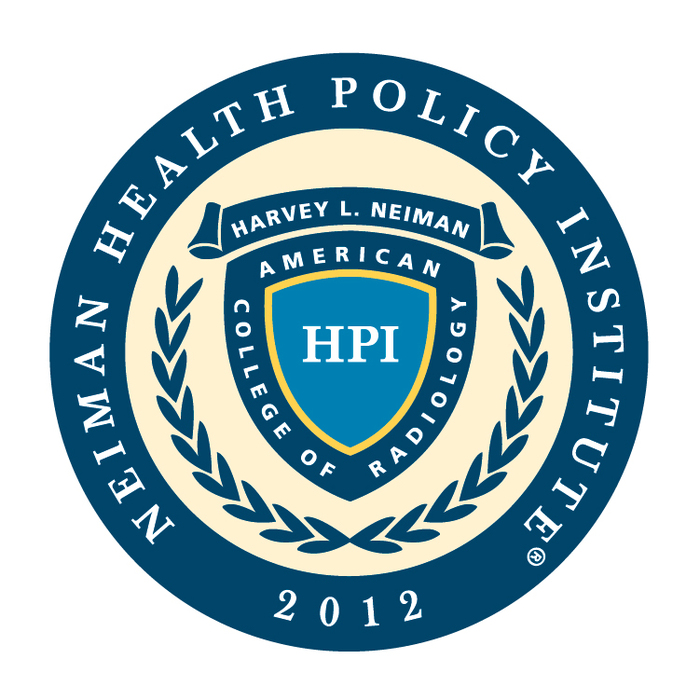Newswise — Increased awareness of breast tissue density masking cancer and thus decreasing the diagnostic sensitivity of mammography has brought about relevant state-level policies. This new study by Harvey L. Neiman Health Policy Institute examines which characteristics of breast density state-level policies were associated with increased use of downstream breast ultrasound for enhancing earlier detection of breast cancer. The study is published in Medical Care.
Horný and his colleagues used a sample of 13,481,554 screening mammography procedures extracted from the MarketScan® Research database performed between 2007 and 2014 on privately insured women aged 40-64 years that resided in a state that had implemented relevant legislation during that period. The outcome was an indicator of whether breast ultrasound imaging followed a screening mammography procedure within 30 days. The main independent variables were policy characteristics indicators.
“By 2018, 31 states had enacted legislation in response to issues in mammography screening in women with increased breast density,” stated Michal Horný, PhD, assistant professor in the departments of radiology and imaging sciences and health policy and practice management at Emory University and affiliate research fellow at the Neiman Institute. “Of the 31 states that have enacted legislation regarding dense breast tissue identified at the time of screening mammography, 20 states did so before the end of 2014. We identified characteristics of policies implemented in these 20 states from the published literature and a review of the enacted bills.”
Notification of patients about issues surrounding increased breast density was associated with increased follow-up by ultrasound by 1.02 percentage points. Some policy characteristics such as the explicit suggestion of supplemental imaging or mandated coverage of supplemental imaging by health insurance augmented that effect. Other policy characteristics moderated the effect.
“The heterogeneous effect of state legislation with regard to dense breast tissue on screening mammography follow-up by ultrasound is likely explained by specific and unique characteristics of the unique legislative approaches taken by a variety of states,” said Richard Duszak, MD, FACR, professor and vice chair for health policy and practice in the department of radiology and imaging sciences at Emory University and senior affiliate research fellow at the Neiman Institute.
To obtain a copy of the study or to arrange an interview with a Neiman Institute spokesperson, contact Nichole Gay at (703) 648-1665 or [email protected].
###
About the Harvey L. Neiman Health Policy Institute
The Harvey L. Neiman Health Policy Institute is one of the nation’s leading medical imaging socioeconomic research organizations. The Neiman Institute studies the role and value of radiology and radiologists in evolving health care delivery and payment systems and the impact of medical imaging on the cost, quality, safety and efficiency of health care. Visit us at www.neimanhpi.org and follow us on Twitter, LinkedIn and Facebook.
